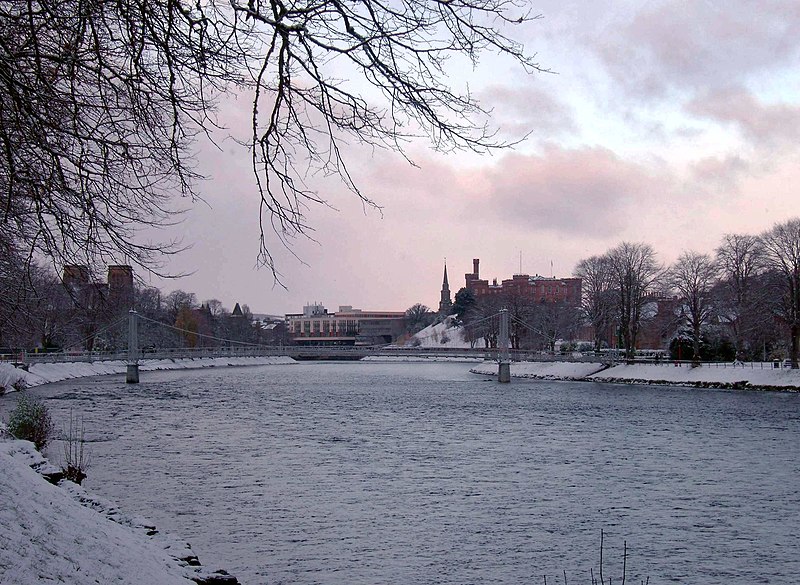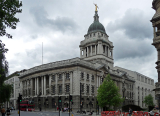
Parts of the UK faced their chilliest November night since 2010, and the forecast predicts three more days of snow and ice challenges ahead.
Temperatures plunged to -5.5C (22F) in Prestwick, Ayrshire, while Keswick in Cumbria recorded a bitter -6.1C (21F). The Scottish Highlands experienced even more biting cold at -8C on Aonach Mor.
Snow blanketed regions across Scotland and eastern England, reaching as far as Norfolk, and this wintry weather is set to linger for a few more days.
In certain areas of the Midlands, north-west England, and Northern Ireland, freezing fog poses hazardous travel conditions and could potentially spread elsewhere. Further snowfall is expected in northern and eastern Scotland, as well as the eastern parts of England, with a chance of overnight snow on the southwest England moors.
Northern Ireland witnessed slight rain and snow, leading to icy roads and pavements when combined with freezing fog. North Wales experienced some sleet as well.
The current cold spells are emanating from Scandinavia, where near-record cold November weather is being felt.
The Met Office issued weather warnings for snow and ice covering northern and eastern Scotland, north-east England, and Yorkshire from 17:00 GMT on Wednesday. Additional warnings are set for Thursday covering eastern Scotland, north-east England to North Yorkshire, and southwest England for most of the day. Much of Northern Ireland is cautioned about potential ice on Thursday.
These yellow warnings indicate possible hazardous conditions, expecting disruptions, delays on roads and railways, and icy patches on surfaces.
Drivers are advised to exercise caution, with road closures already affecting areas like the A169 in Goathland and the A1671 between Whitby and Pickering.
Additionally, an amber cold-health alert has been issued for the health sector in northern English regions, indicating probable significant impacts. A less severe yellow cold-health warning is in place for the Midlands until December 5, urging vulnerable individuals to take precautions, heat essential rooms, and ensuring regular checks on those who might be at risk. Photo by Dave Conner from Inverness, Scotland, Wikimedia commons.



































